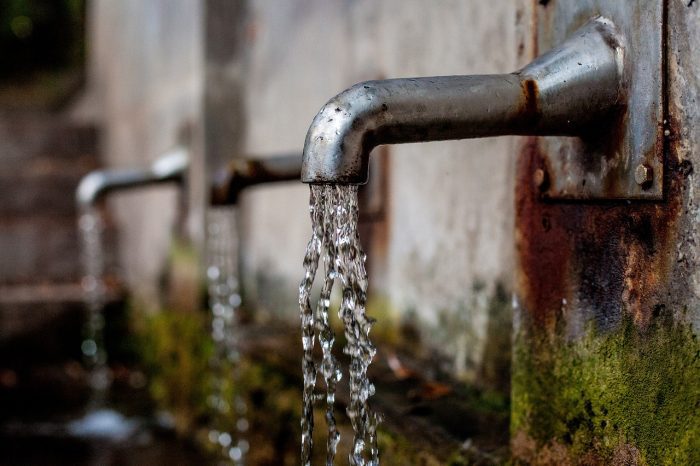Gov. Hochul signs Suffolk County Water Restoration Act, paving the way for environmental improvements
By Samantha Rutt
In a move to address environmental concerns on Long Island, Gov. Kathy Hochul (D) has signed the Suffolk County Water Restoration Act. This legislation grants county officials the authority to present a proposal to voters, seeking approval for a 0.0125% increase in the county sales tax. The revenue from this tax hike is earmarked for sewer expansion projects and the replacement of nitrogen-polluting septic systems with advanced clean water technology.
The act, sponsored by state Sen. Monica Martinez (D-Brentwood), is projected to generate between $3 billion and $4 billion in new funding dedicated to water quality improvements. These funds will be divided between expanding sewer infrastructure and upgrading outdated cesspools and septic systems with modern, nitrogen-removing technologies. This initiative aims to combat nitrogen pollution, which poses a severe threat to the region’s ground and surface waters.
“Today, we have given authorization for the voters of Suffolk County to decide how best to address the impacts of nitrogen pollution,” Martinez said in a statement. “This serious threat to our region’s ground and surface waters is reversible, but only by making investments in the technology and infrastructure needed to stop its release into the environment. I am proud to have had this once-in-a-generation opportunity to sponsor legislation that addresses one of Long Island’s greatest environmental challenges, and I thank Governor Hochul for her continued support.”
Governor Hochul’s presence represents the importance of the legislation, which passed the New York State Assembly unanimously in April and subsequently cleared the state Senate with a 57-1 vote. The bill’s progression to the governor’s desk highlights the urgency felt by legislators, environmental advocates and the community regarding the need for decisive action on water quality issues.
David Ansel, vice president of water protection at Save the Sound, expressed his enthusiasm for the legislation in a statement: “We are thrilled that Governor Hochul made signing the Suffolk County Water Quality Restoration Act such a priority, and appreciate that she came to Long Island to showcase the importance of this legislation. We appreciate the leadership and commitment of Assemblyman Fred Thiele [D-Sag Harbor] and Senator Monica Martinez, who sponsored the bill in their respective chambers, as well as the overwhelming bipartisan support of the New York State Legislature.”
The next step lies with the Suffolk County Legislature, which is expected to convene on June 4 to discuss and potentially approve placing the funding program on the November ballot. Last year, a similar measure failed to reach voters due to disagreements among lawmakers over the allocation of funds for sewer and septic system projects.
If the referendum passes, the Suffolk County water restoration sales tax will remain in effect until 2060, providing long-term funding for essential water quality improvements. This initiative represents a significant opportunity for county residents to invest in the health and sustainability of their local environment.
Ansel added, “Now, we look forward to the Suffolk County Legislature taking the necessary next steps to ensure the Suffolk County Water Quality Restoration Act is added to the November ballot, giving county voters a voice in their clean water future. So much work remains to be done to protect Long Island Sound, its rivers and streams, and Suffolk County’s groundwater from the degrading effects of nitrogen pollution. But for the first time in decades, we are making progress toward addressing this long-standing problem in a meaningful way.”
As the county Legislature prepares for this critical vote, the collaboration between state and local leaders, environmental advocates and the community underscores a shared commitment to preserving Long Island’s precious water resources for future generations.







